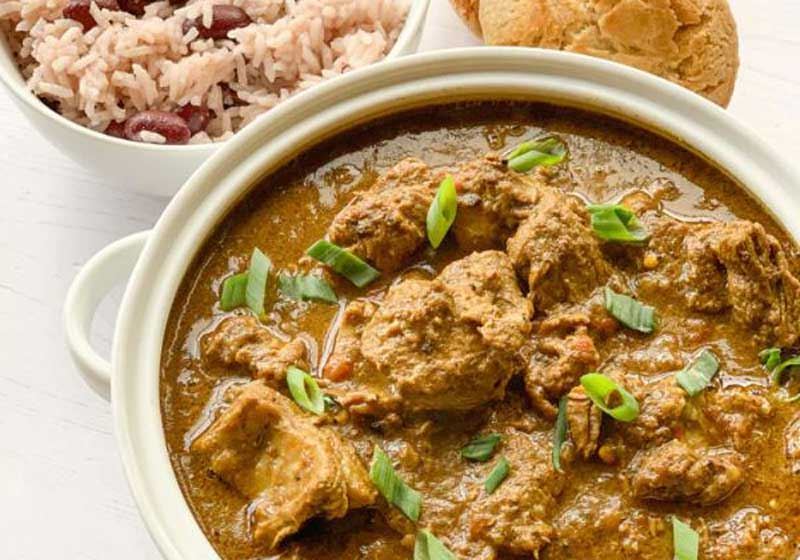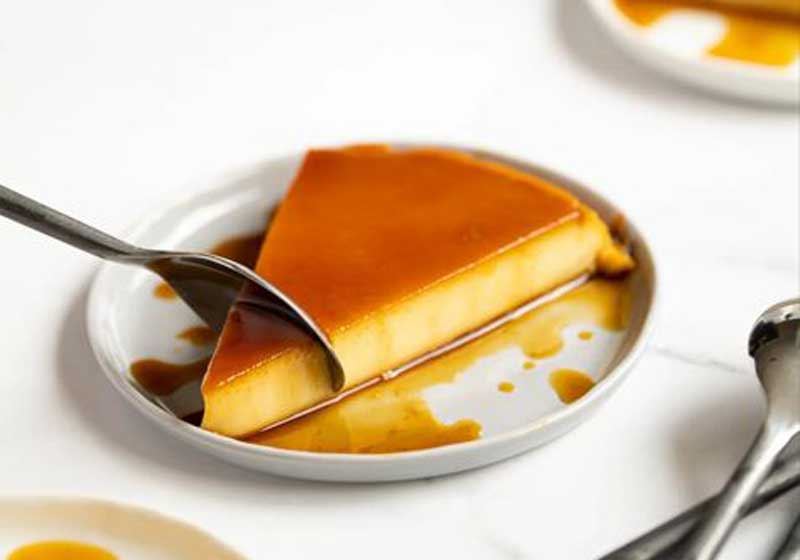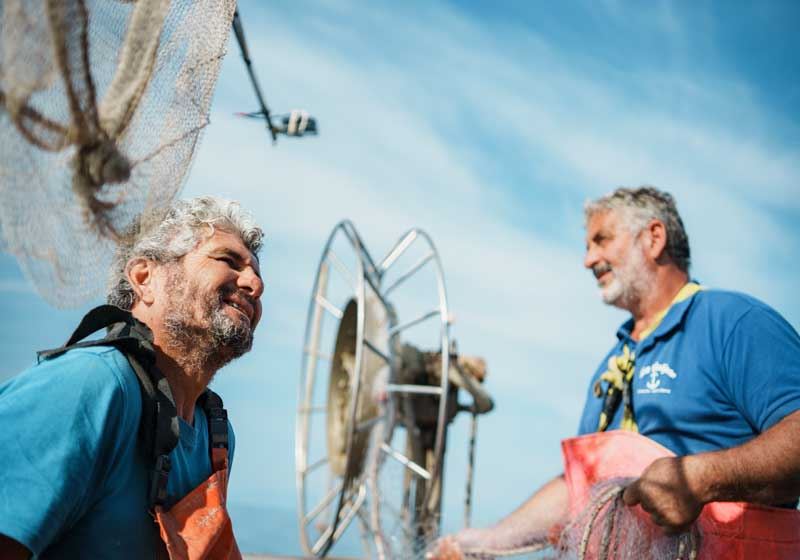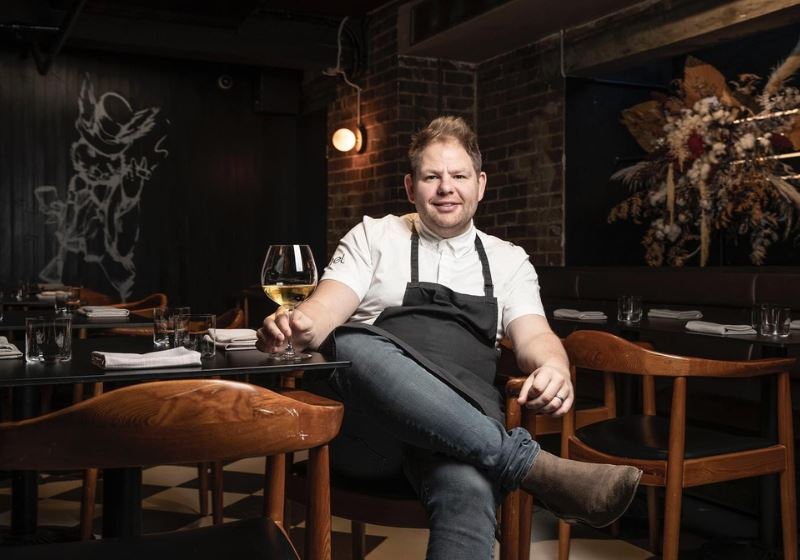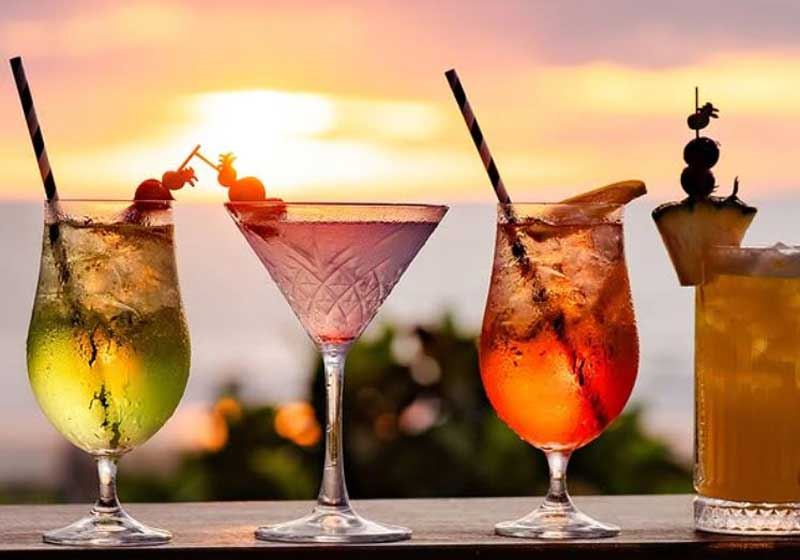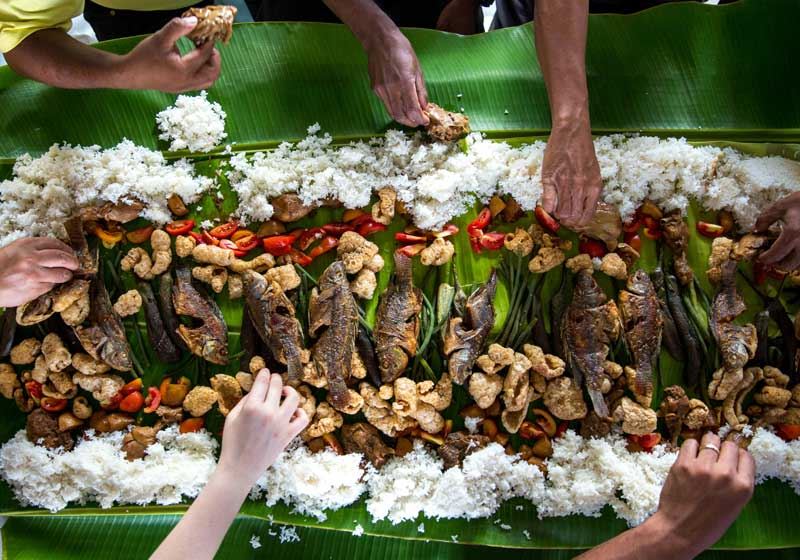By Laura Rancie.
The Ancient Spice Trail, also known as the Spice Route or the Silk Road, is a historical network of trade routes that connected the East and West, facilitating the exchange of goods, culture and ideas. Among the most sought-after commodities along this route were spices, which played a crucial role in shaping economies, cultures and certainly empires.
The history of the Ancient Spice Trail can be traced back to antiquity, with evidence of spice trade dating as far back as 3000 BCE. Spices such as cinnamon, pepper, ginger and cloves were highly prized for their culinary, medicinal and preservative properties. They were also considered status symbols, luxury items affordable only to the wealthy and powerful.

The Spice Trail was not a single route but rather a complex network of interconnected paths that spanned thousands of miles across Asia, Africa and Europe. It linked regions as distant as China, India, Arabia and the Mediterranean, passing through deserts, climbing over mountains and crossing vast seas.
One of the most famous sections of the Spice Trail was the maritime route that connected the Indian subcontinent with the Roman Empire. This route, which traversed the Indian Ocean and the Red Sea, was known as the Incense Route due to the trade in frankincense and myrrh, in addition to spices. Ships carried these precious cargoes to ports in Egypt, where they were then transported overland to the Mediterranean.
Another important branch of the Spice Trail was the overland route that crossed Central Asia, linking China with the Middle East and Europe. This route, which became known as the Silk Road, was not only a conduit for silk but also for spices, ivory and other exotic goods.

The spice trade along the Ancient Spice Trail had a profound impact on the societies and cultures it touched. It fuelled the growth of cities and empires, stimulated the development of new technologies and trade practices and facilitated the exchange of ideas and beliefs.
However, the Spice Trail was not without its challenges. Travelling along these routes was fraught with dangers, from bandits and natural disasters to sheer distances and harsh climates. Yet, despite these obstacles, the lure of spices and other exotic goods continued to drive merchants, adventurers and explorers to brave the perils of the Ancient Spice Trail.
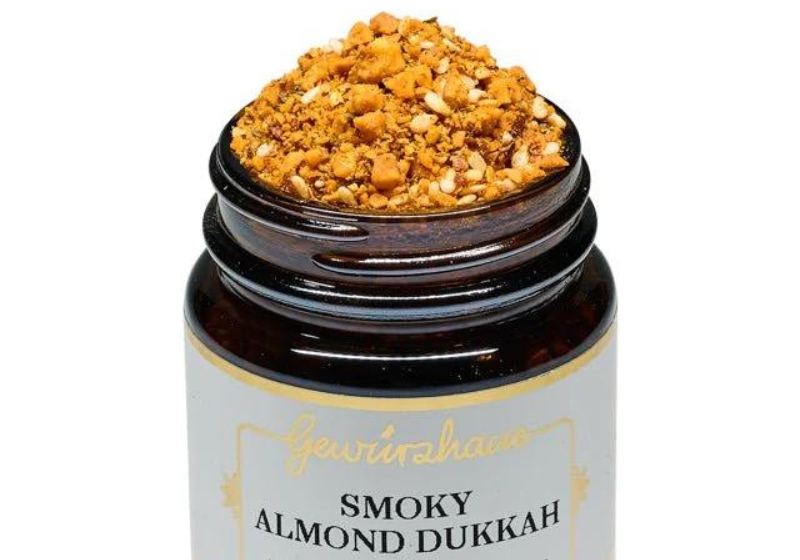
Picture: These days you can order your smoky almond dukkah online, straight to your front door.
It is hard to imagine a world where such great high seas thrills and life-challenging adventures would encounter you as you pop in to get your cinnamon or chai, but the history of spices certainly is fascinating and thankfully, over. These days we no longer need to wait months and years for a sprinkle of pepper or a dash of Moroccan souk spice.
Gewurzhaus is a spice shop based in cosmopolitan Lygon Street, Carlton (Melbourne) created by sisters Maria and Eva and their mum in 2010. Its online offering is vast and posts all across Australia, so you can get your Around the Globe Spice Kit delivered in days, without the need to sword-fight the postman for your spices.
Lisa Birch, from Gewurzhaus tells us: "We mill in small batches in Melbourne, allowing the volatile aromas to be retained with a significant quality assurance program to ensure purity of imports."

Gewurzhaus offers single-origin spices and spice mixes, like the 'Around the Globe Spice Kit' pictured above.
The Ancient Spice Trail was more than just a trade route; it was a bridge that connected civilisations and shaped the course of history. Its legacy can still be felt today, as the spices that once travelled along its paths continue to enrich our lives and our palates, where families create entire businesses around spice and authors write on the subject.
Gewürzhaus offers 250 spices, herbs, salts, peppers, teas and sugars from around the world and over 100 exclusive small-batch blends. Shop now.


